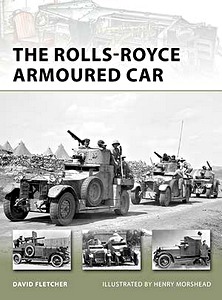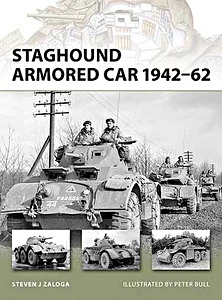The Rolls-Royce Armoured Car (Osprey)
Pierwszy opancerzony pojazd Rolls-Royce był prywatnym samochodem wyposażonym w karabin maszynowy i ograniczony pancerz. W 1914 roku został użyty przez Royal Naval Air Service we Flandrii. Do 1915 roku zbudowano prawie 100 egzemplarzy, które przekazano armii.
Pojazdy te były wykorzystywane na całym świecie, m.in. w Indiach, na Bliskim Wschodzie i w południowej Afryce. Były szybkie, ciche, niezawodne i potężne. Lawrence z Arabii powiedział: "Rolls na pustyni jest cenniejszy niż rubiny."
Po I wojnie światowej Ministerstwo Wojny kontynuowało produkcję i ulepszało konstrukcję. Pojazdy te nadal służyły w Imperium Brytyjskim, w tym w Irlandii i później w Szanghaju, a na krótko pojawiły się w początkowej fazie II wojny światowej.
Książka przedstawia pełną historię opancerzonego Rolls-Royce'a, jego projekt, rozwój i udział w konfliktach XX wieku.
Szczegóły
| Autor: | David Fletcher |
|---|---|
| Wydanie: | 48 strony, 24.5 x 18.5 x 0.3 cm, miękka oprawa |
| Ilustracje: | ilustrowane zdjęciami i rysunkami (czarno-białe i kolorowe) |
| Wydawca: | Osprey Publishing (GB, 2012) |
| Seria: | New Vanguard (189) |
| ISBN: | 9781849085809 |








![[NVG] Universal Carrier 36-48 - Bren Gun Carrier](../afb/BLB/9781841768137.jpg)
![[NVG] Warrior Mechanised Combat Vehicle 1987-94](../afb/BLB/9781855323797.jpg)